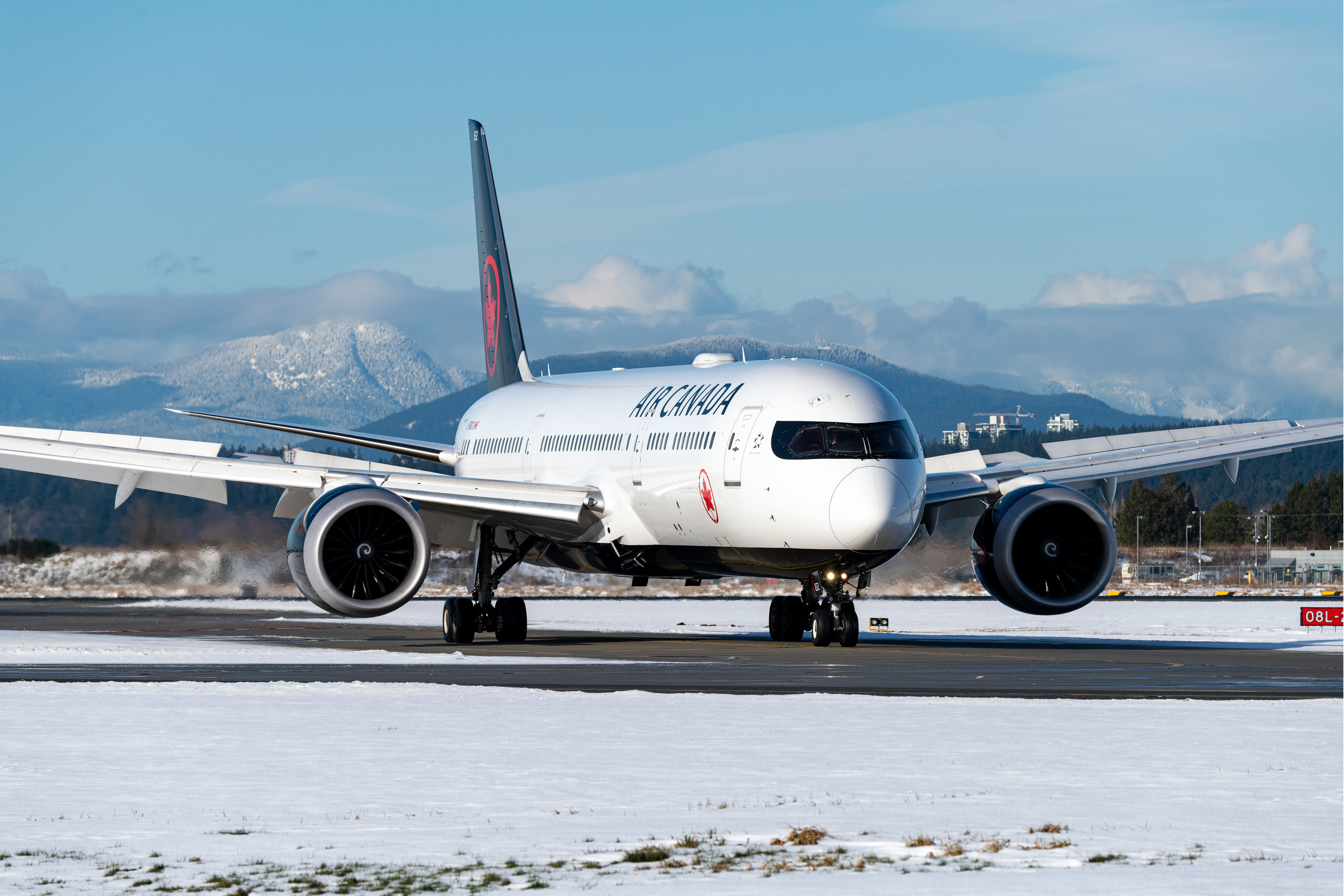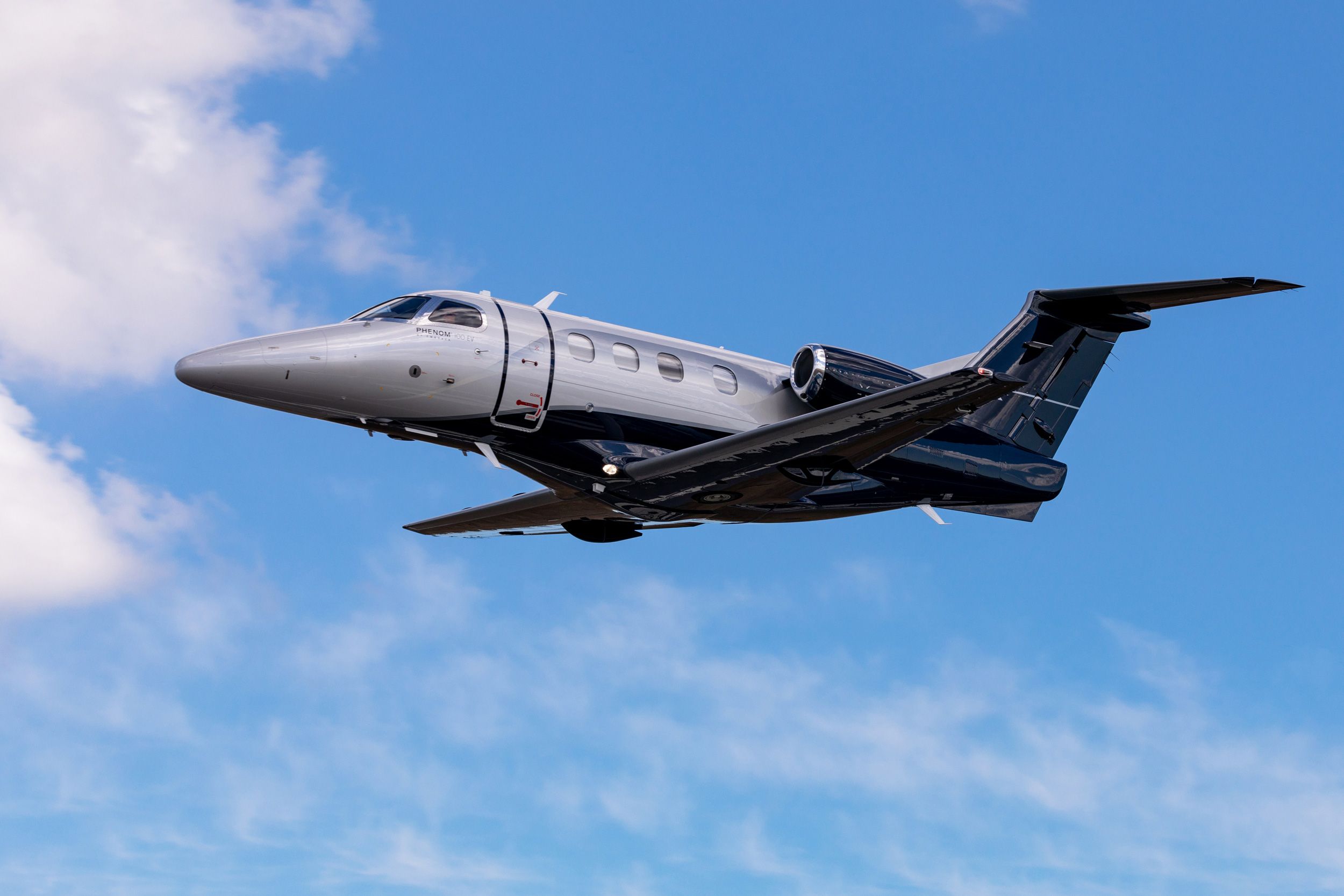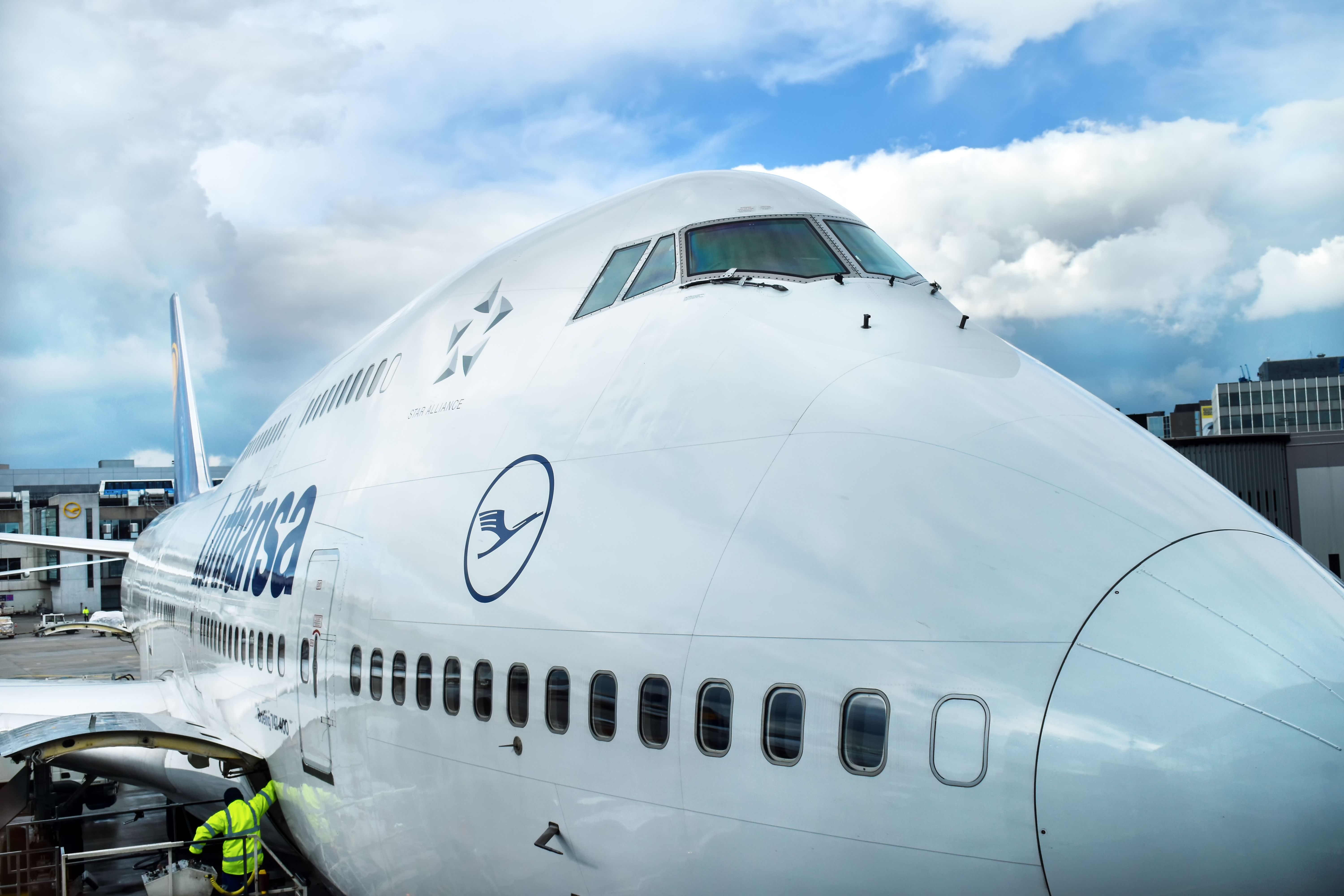As aviation improves over the years, much attention gets placed on upgrading the instruments and systems that make up the front of every aircraft. Automation and glass cockpits have helped reduce workload compared to analog dials and gauges, allowing pilots to focus on the most crucial information at any time. But there are another few critical pieces of glass sitting above all the technology - the windshields.
How are windshields designed?
When designing airliner windshields, not only do they need to be sturdy enough to protect against thin, freezing air, but they also must be able to provide clear vision. Naturally, manufacturers built many large passenger aircraft with flat glass panels upfront; it's cheaper than custom-shaped glass, and the simple geometry helps facilitate perfect clarity. As you would expect, flat panels aren't conducive to good aerodynamics and must fit into an overall rounded nose design. But you'll find a curved windshield on some more recent aircraft and many business jets.
Aircraft windshields feature strengthened glass, acrylic or polycarbonate plastic, and various interlayers, which all work together to protect against the dangers of pressure, temperature, physical objects, chemicals, erosion, and electrical discharge.
These surfaces are laid on top of each other and create a flat pane about an inch thick, cut to precise dimensions. However, laying these surfaces on top of each other and getting them to take a three-dimensional shape without causing any distortion requires specific and expensive processes.
Windshields of different aircraft
Looking at the front of a Boeing 737 or Airbus A320, it's easy to spot the points on the nose and above the middle windshields where metal is slightly bent to fit six thick, flat pieces of glass. They're long enough to be installed at a vertical angle, in line with the nose, while providing pilots a good view without impeding overall aerodynamics too much.
Get the latest aviation news straight to your inbox: Sign up for our newsletters today.
A more interesting comparison is the Boeing 747 and Airbus A380, two double-deck mammoth airliners first built decades apart. The clear takeaway in cockpit placement is that the older 747 has pilots sitting up top, allowing the aircraft to be more easily converted from a passenger jet to a freighter, with the nose becoming a door. Since the A380 was only intended for passengers and not to be a freighter, the cockpit is on the lower deck.
This locational difference of where the windshields should be creates a challenge, specifically for the Boeing plane. The nose is generally thin and extended, with the bottom deck pushed out in front and the cockpit up high.
As a result, the front two pieces of glass curve around the edges, leading to two flat pieces on either side. The A380 design is more round by comparison, and with the cockpit towards the center, easier manufactured flat glass panes are installed rather than curved pieces.
Business jets, like those from Gulfstream or Embraer, typically feature a sleeker design with a long nose. As a result, they often use curved glass windshields since the money spent is worth it for the aerodynamic benefits.
These same benefits to drag and speed have pushed recent aircraft, such as Boeing's 787 Dreamliner and Airbus' A350, to adopt this technology. And as the industry marches forward, we can assume more and more new aircraft will take advantage of curved glass pieces to provide an aerodynamically superior view of the skies.



